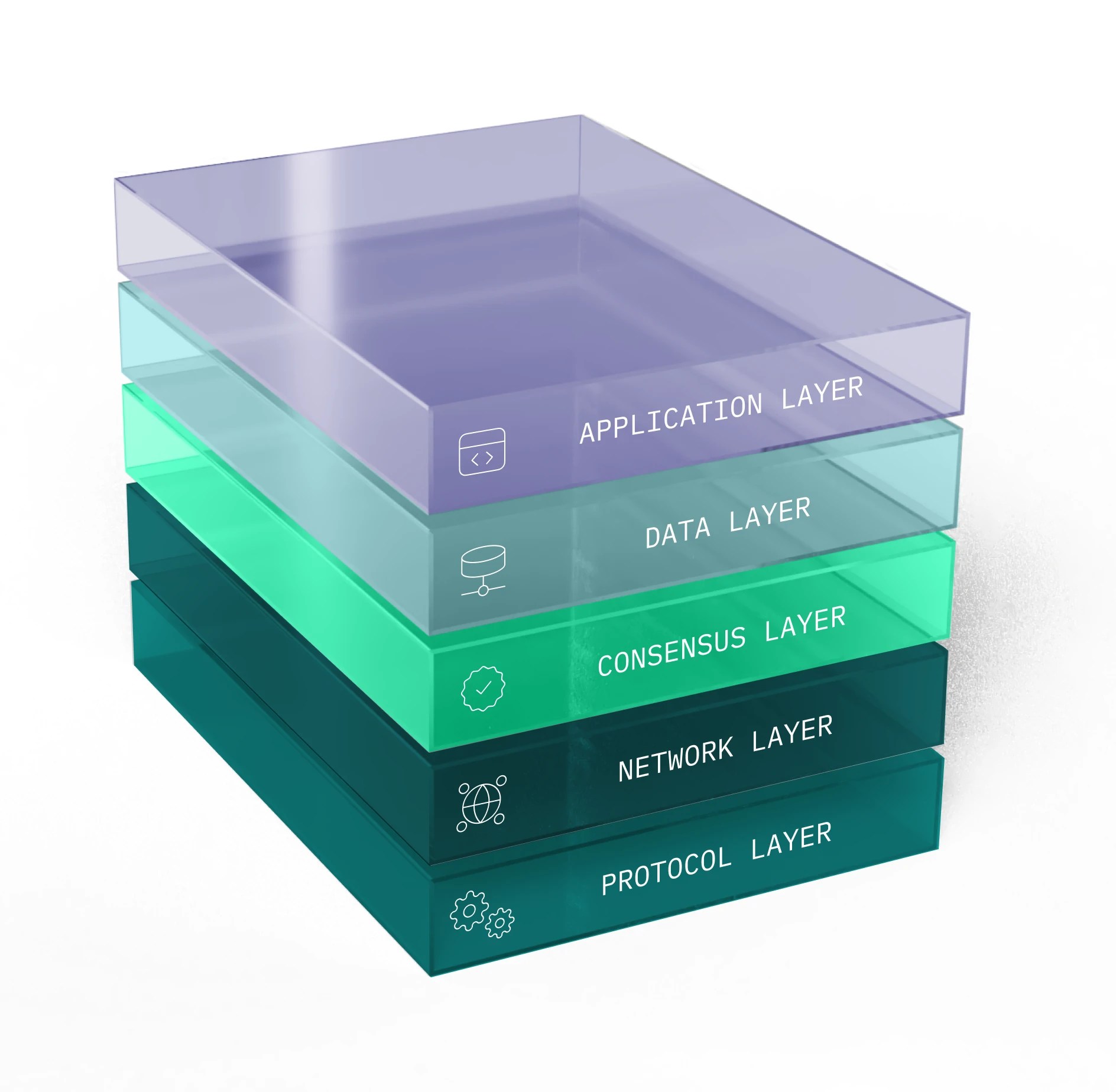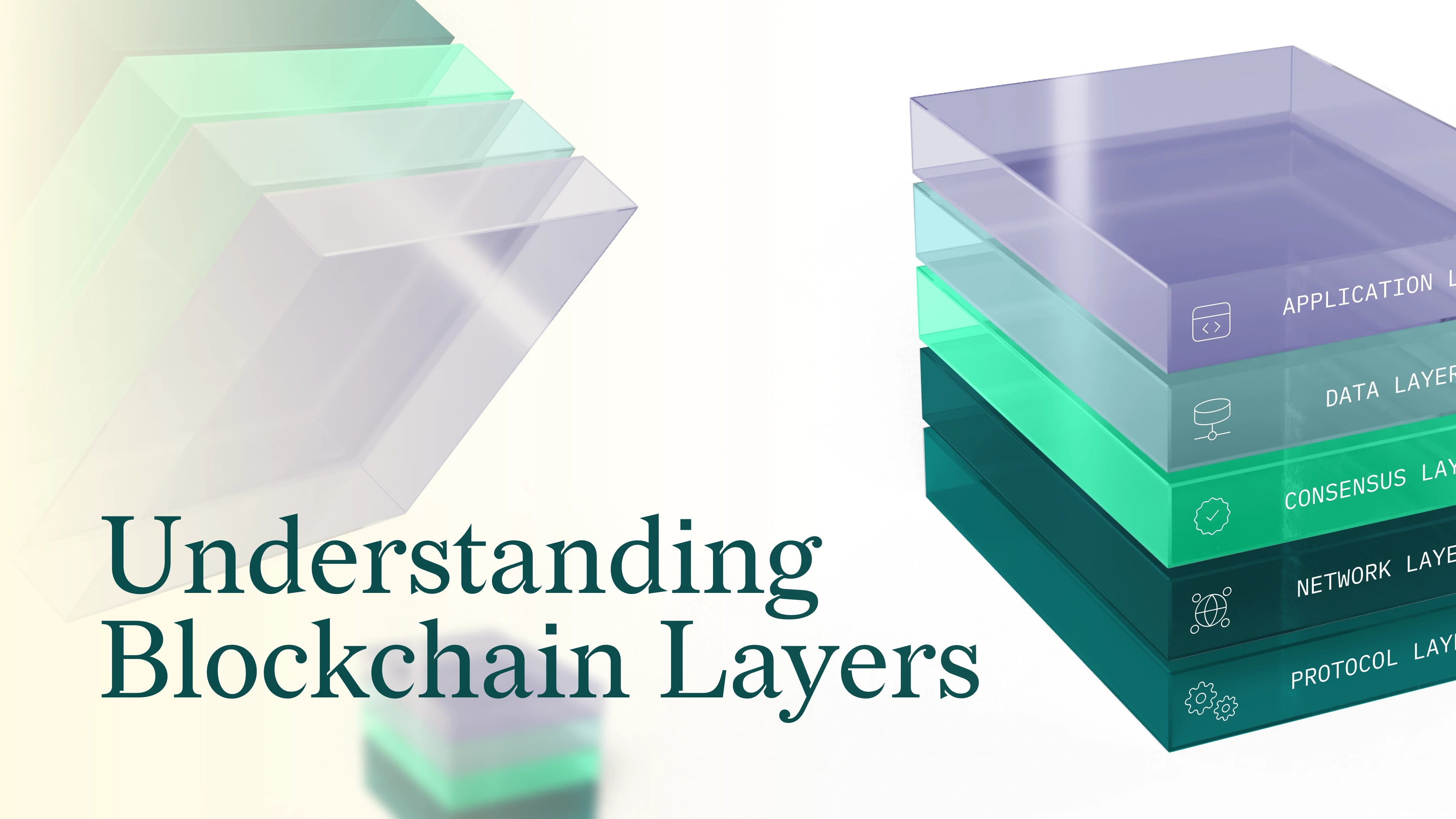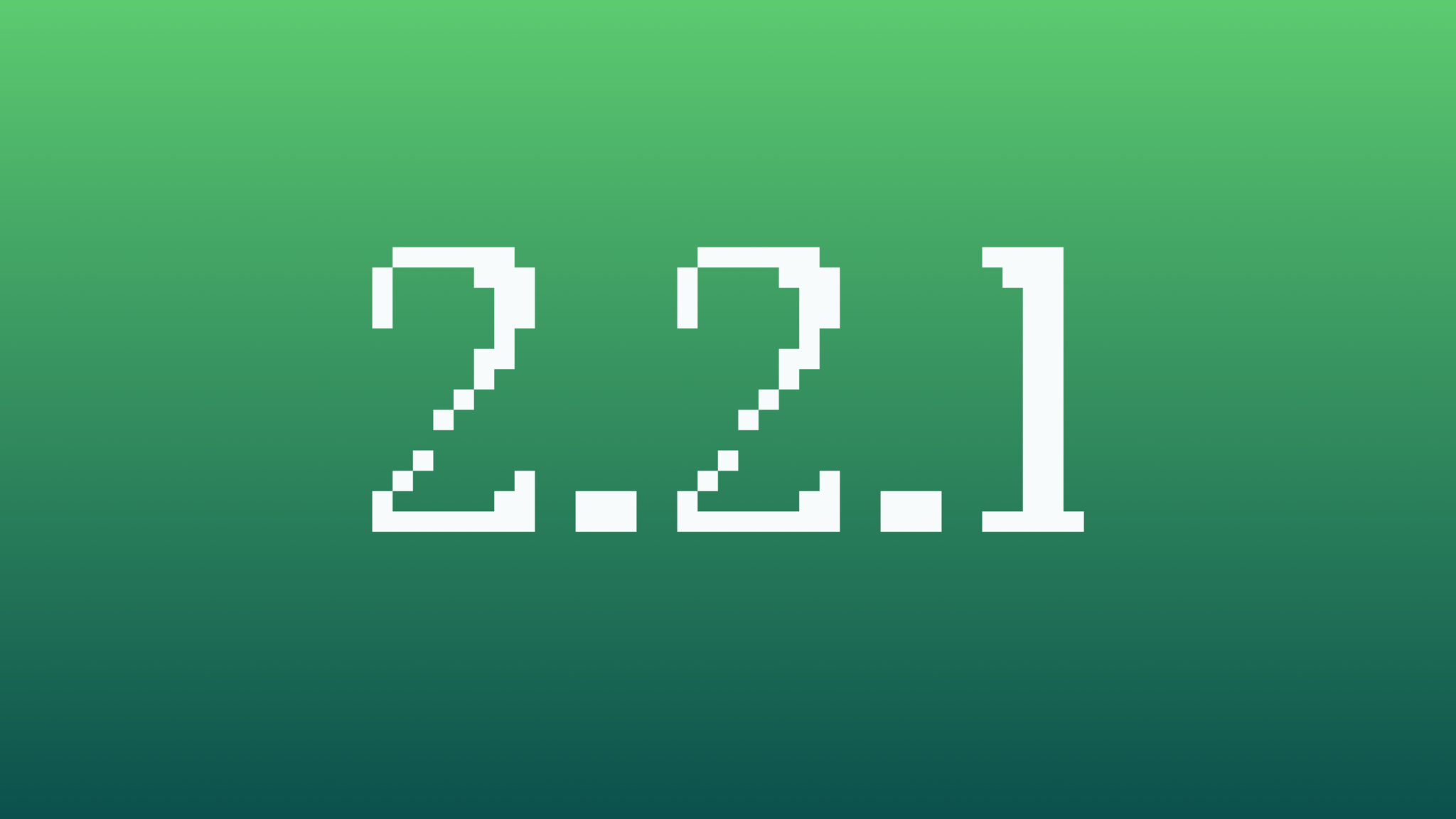Blockchain technology garners significant attention for its potential to revolutionize many areas of the economy, from finance to healthcare. However, blockchains are often viewed as one extensive system, when in reality, each blockchain is composed of distinct components or layers. In this piece, we explore the importance of a network’s layers and the five most common types across blockchains.
The Importance of Blockchain Layers
The importance of blockchain layers lies in their ability to create a robust and modular framework for development. Layers enable blockchains to be scalable, adaptable, and flexible to evolving requirements. Beyond these advantages, layered blockchains also promote interoperability, allowing developers to easily integrate new applications and services into existing ecosystems.
The separated design of blockchain layers allows for incremental development, facilitating improvements to a singular layer without compromising the overall functionality of the blockchain. An understanding of blockchain layers qualifies users to better evaluate blockchains, identify specific use cases, and uncover opportunities for collaboration between blockchains in the case of synergistic layers.
Typical Layers that Comprise Blockchain Architecture
Protocol Layer
The protocol layer is the foundation of a layered blockchain, establishing the underlying rules that govern the network. These protocols are implemented by each of the following layers.
Network Layer
The network layer establishes the peer-to-peer network connecting blockchain nodes. The network layer ensures that transactions are evenly propagated and distributed among the network to certify that multiple nodes verify each transaction.
Consensus Layer
The consensus layer represents arguably the most critical component of a layered blockchain, enabling validation and verification of transactions. In particular, the consensus layer establishes clear communication protocols, verification rules, and trust through an immutable digital ledger.
Data Layer
The data layer is responsible for storing all transaction data in a secure and immutable manner. The data layer bundles verified transactions to blocks and then links the blocks to the existing chain, thus maintaining a record of all transactions performed on the blockchain.
Application Layer
The application layer encompasses all elements of the blockchain that the user interacts with. This layer provides a simple and user-friendly interface for interacting with the blockchain in a variety of cases, such as asset transfers, smart contract execution, and chain analysis. This layer also includes all smart contracts, decentralized applications, and other software running on the blockchain.
How do Blockchain Layers Interact?
Blockchains are similar to homes, with each layer making up a critical functional component. The foundation is the protocol layer, which determines the guardrails for all subsequent layers of the blockchain.
Next, the network layer uses the rules the protocol layer sets to establish a peer-to-peer network that will verify transactions. After, the consensus layer uses the peer-to-peer system installed by the network layer to incorporate a method for verifying the blockchain’s integrity.
The data layer follows, storing the verified transactions and allowing data to be externally accessed and audited. The last layer of the blockchain is the application layer where users can interact with the blockchain through decentralized applications (dApps) or user interfaces. A house relies on all its parts built upon one another to stand, just as a blockchain requires the strength and functionality of each layer.

The security trilemma is a concept seen throughout blockchain initiatives relating to networks’ relative security, scalability, and decentralization. Notably, the security dilemma asserts that networks can only prioritize two criteria, thereby causing the remaining category to suffer.
In general, the security of a network is inversely proportional to scalability and directly proportional to decentralization, indicating that as a network’s level of decentralization increases, so too does its security, and as scalability improves, security tends to suffer.
Scalability refers to a blockchain’s adaptability to a growing user base and transaction volume. Blockchains prioritizing scalability tend to be more centralized, thanks to consensus mechanisms designed to increase transaction throughput by consolidating verification duties to a small group of nodes, such as proof of stake.
Decentralization refers to the degree to which blockchain ledger verification is distributed. In general, blockchains emphasizing decentralization, such as Bitcoin, offer more robust security, but struggle with scalability. This is because as the number of nodes increases, the verification time also increases, reducing the overall speed of the blockchain and limiting its ability to accommodate an ever-growing number of transactions.
Blockchains can adjust the relative security, scalability, and network decentralization at each layer. The cryptographic algorithms implemented at the protocol level directly impact a network, as a more robust algorithm will improve security. The choices made on individual layers directly impact a blockchain’s overall security, scalability, and decentralization and are key criteria to be considered when evaluating overall blockchain quality.
FAQ
Q: What are blockchain layers?
A: Although blockchains are often viewed as one singular system, they are actually composed of several distinct components, also known as layers. Layers enable blockchains to be scalable, adaptable, and flexible to evolving requirements, while also allowing for interoperability for developers to easily integrate new applications and services into existing ecosystems.
Q: What are the 5 layers of a blockchain?
A: The typical layers of a blockchain include the protocol layer, the network layer, the consensus layer, the data layer, and the application layer. The separated design of blockchain layers allows for incremental development, facilitating improvements to a singular layer without compromising the overall functionality of the blockchain.
Q: How does each layer operate?
A: As the foundation of a layered blockchain, the protocol layer establishes the underlying rules that govern the network to be implemented by each following layer. The network layer creates the peer-to-peer network connecting blockchain nodes to verify transactions. Next, the consensus layer establishes clear communication protocols, verification rules, and trust through an immutable digital ledger. The data layer is responsible for storing all transaction data in a secure and immutable manner. The application layer provides a simple and user-friendly interface for interacting with the blockchain in a variety of cases, such as asset transfers, smart contract execution, and chain analysis.
Q: How do blockchain layers interact?
A: Starting with the protocol layer as the foundation, this layer determines the guardrails for all subsequent layers of the blockchain. Next, the network layer uses these rules to establish a peer-to-peer network that will verify transactions. After, the consensus layer uses the peer-to-peer system installed by the network layer to incorporate a method for verifying the blockchain’s integrity. The data layer follows, storing the verified transactions and allowing data to be externally accessed and audited. Finally, the application layer is where users can interact with the blockchain through decentralized applications (dApps) or user interfaces.






